New building for the UG field station ‘De Herdershut’ on Schiermonnikoog
The University of Groningen’s biology research field station ‘De Herdershut’ (The Shepherd’s Hut) on Schiermonnikoog is to be modernized and made more energy-efficient. A new building will be built with more space for teaching, better ICT facilities, two modern laboratories and more comfortable accommodation. The building will have solar panels, sustainable heat generation and will not be connected to the gas supply – just some of the ways in which energy savings will be made. Demolition is completed and the new building will be ready in the summer of 2021. The municipality of Schiermonnikoog is very committed to the good cooperation and relationship with the UG, and is looking forward to the new sustainable building.
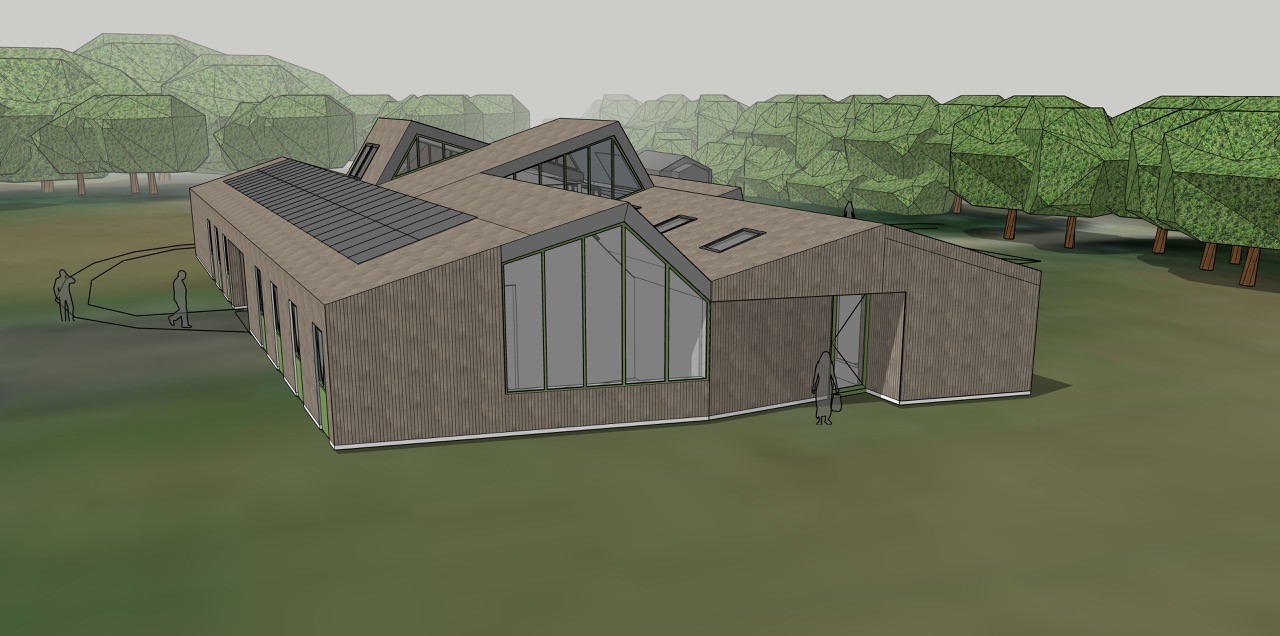
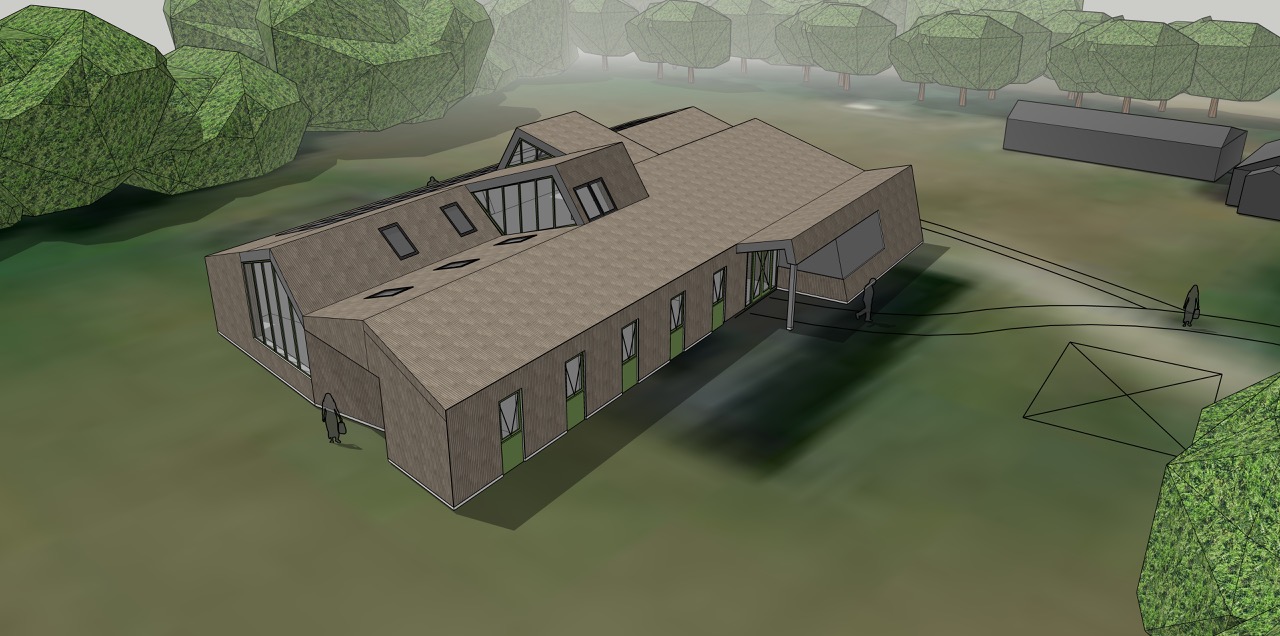

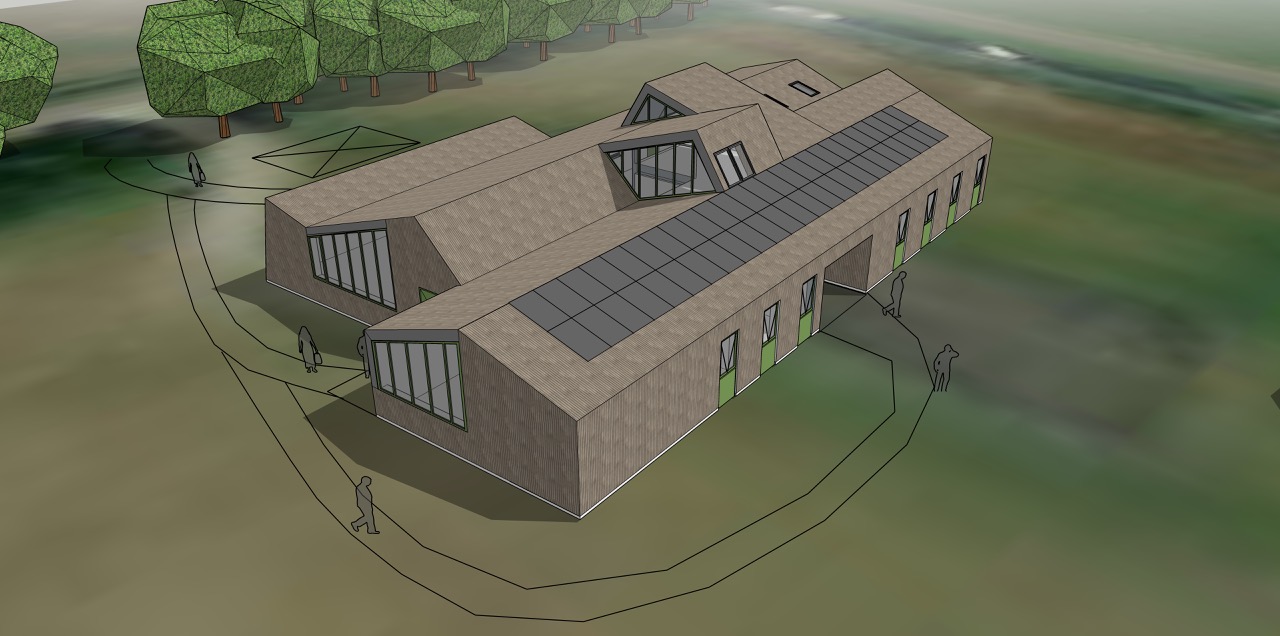
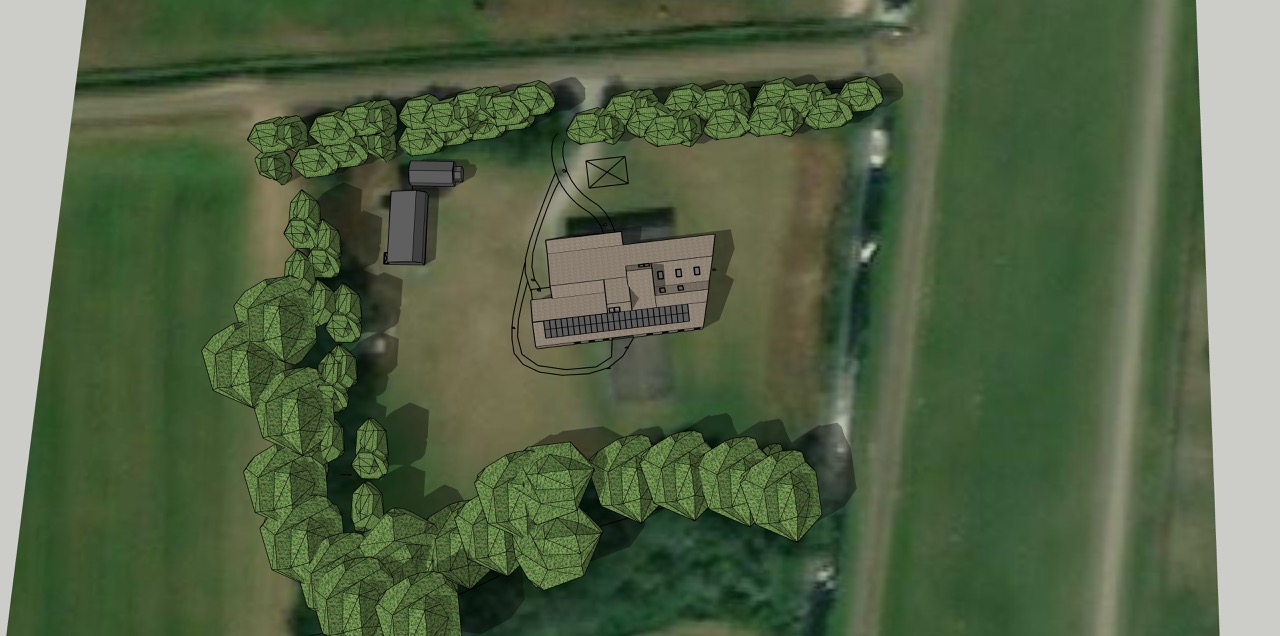
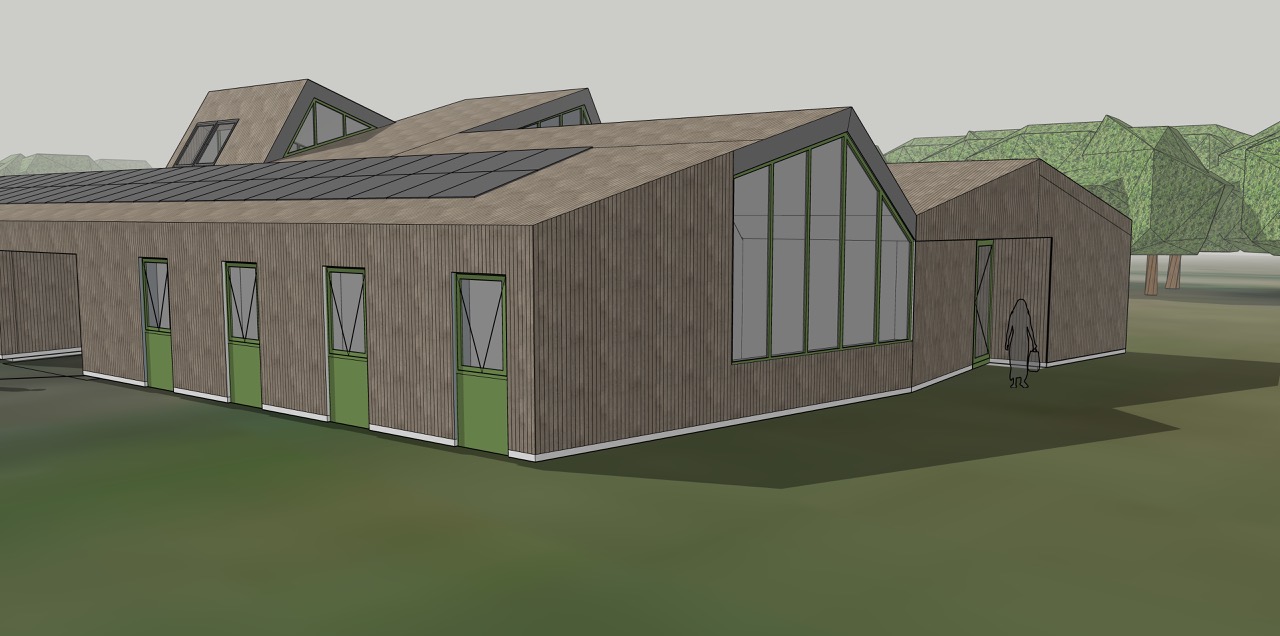
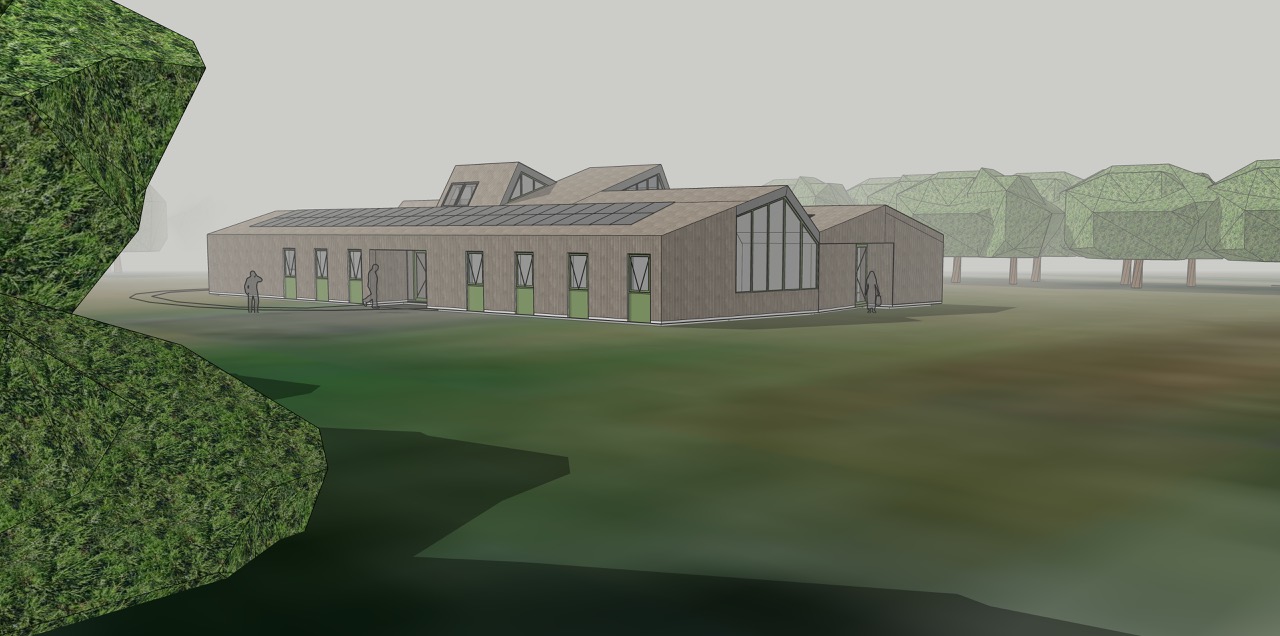
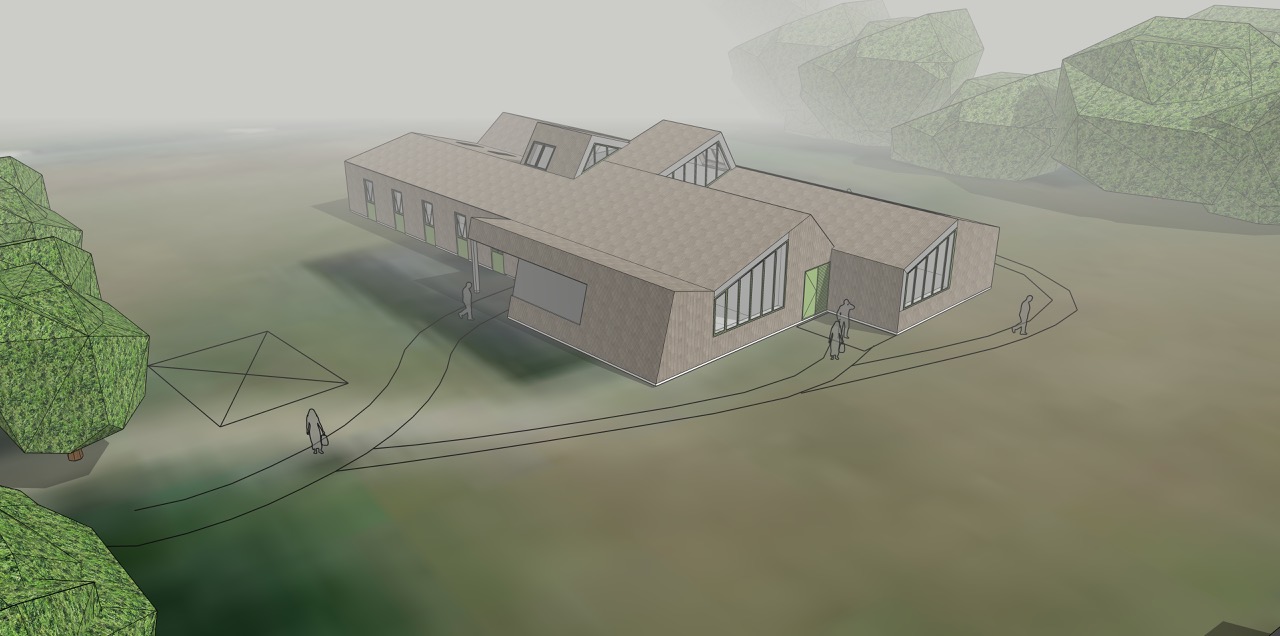
The field studies carried out by biologists of the Faculty of Science and Engineering at ‘De Herdershut’ (1982) have resulted in dozens of dissertations and hundreds of national and international publications. The most well-known researcher to have worked there is Spinoza prize winner Theunis Piersma, Professor in Global Flyway Ecology. Teaching activities for students also take place there, as well as approximately 1,700 overnight stays per year.
The building’s name comes from the ‘real’ shepherd’s hut nearby. This small wooden building is a listed building and will be left as it is. Both the ‘small shepherd’s hut’ and the barn previously underwent external renovation.
Design
The new design by architect John Timmer of the UG will be embedded in the surrounding landscape and will consist of two sections that slide into one another. The wooden facade and roof cladding provide a natural look. An observation post will be located in the building, as is currently the case, to study birds in the area. The surface area of the field station will increase from 420 m2 to 500 m2.
The two 20-person dormitories in the old building will be replaced with 13 smaller sleeping quarters as well as a living room, a modern kitchen and good sanitary facilities, providing a comfortable place to stay with good disabled access. For teaching and research, there will be a modern teaching room of over 65 m2 and a wet lab and dry lab that together total almost 87 m2 will enable small-scale laboratory research.
Sustainability
De Herdershut will reduce its energy consumption from the grid by two thirds, by using solar panels, better insulation and a low-temperature heating system with a heat pump. The building can also be split into two, making it possible to turn off part of the energy and heating system when there are not many people staying in the building in the winter. The energy performance coefficient of the complex is just 0.2.
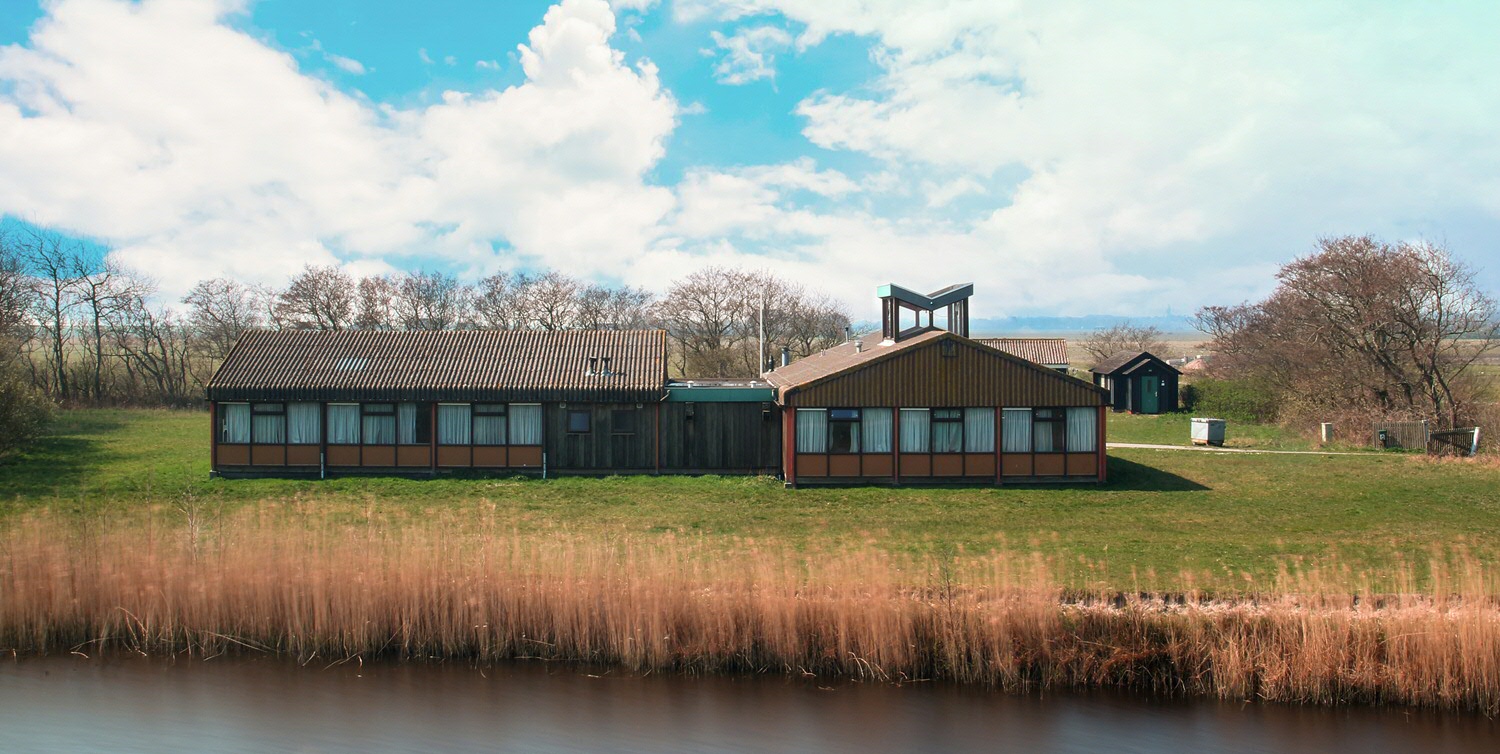

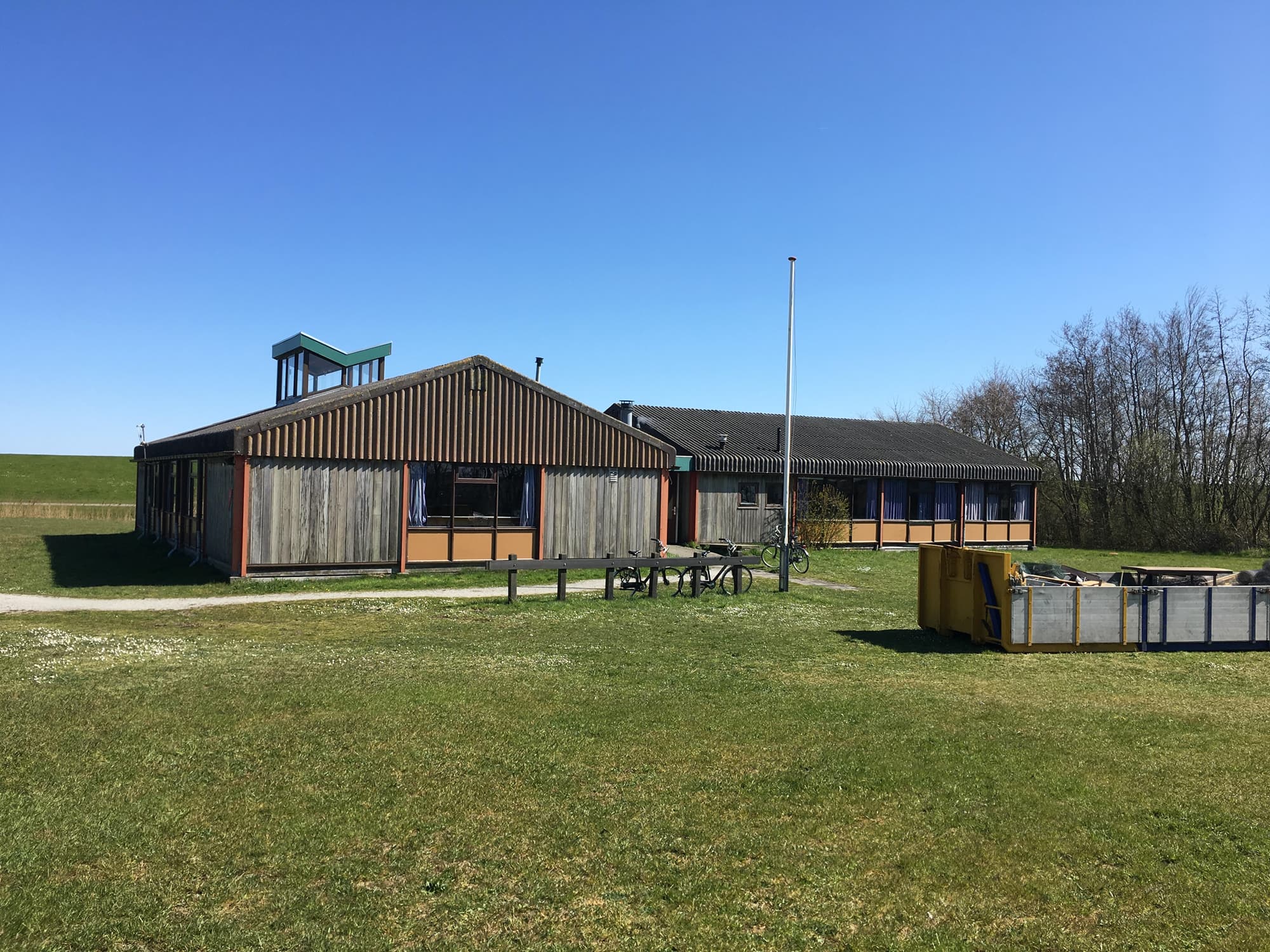
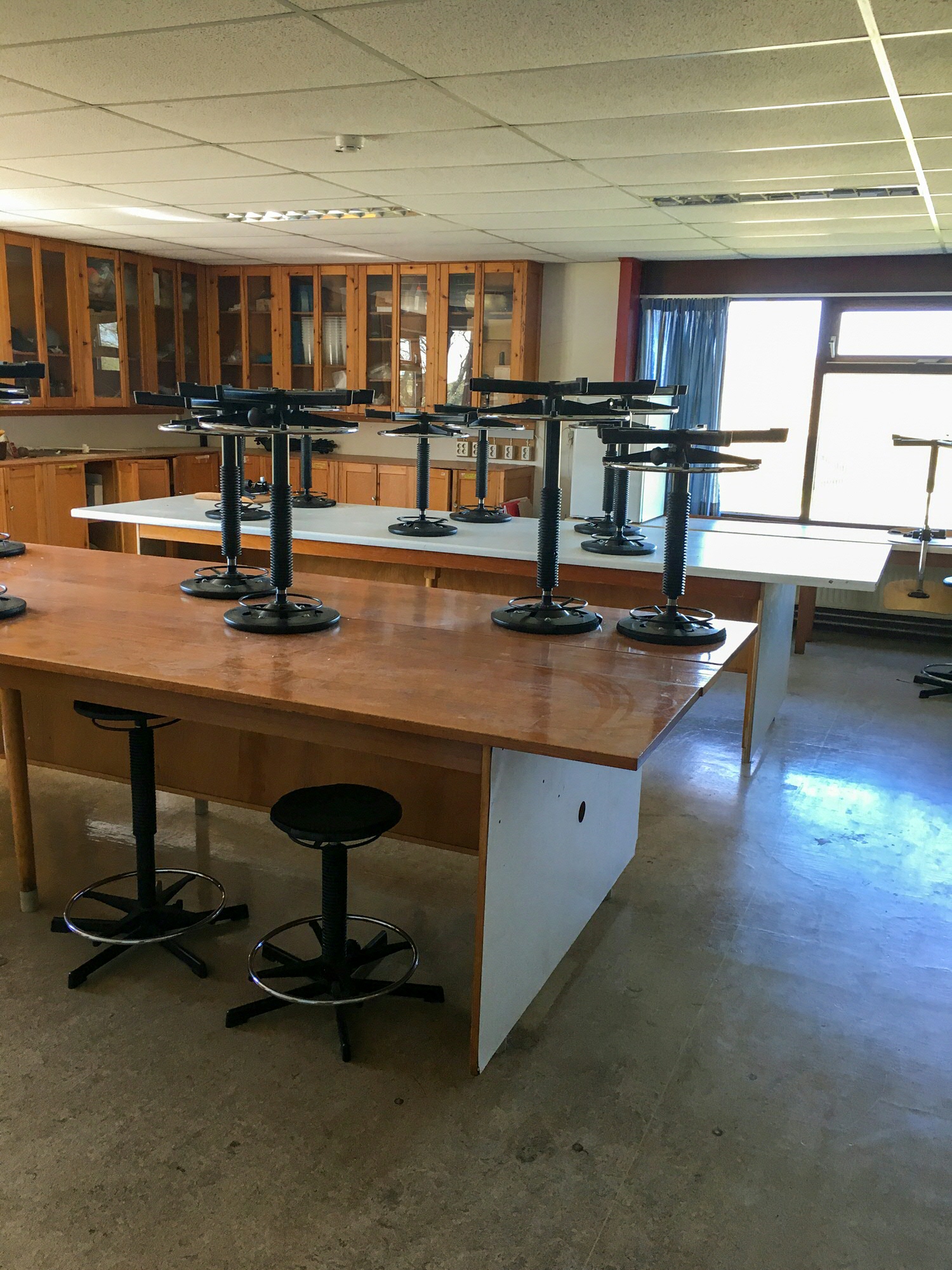
Construction and schedule
Demolition is completed and work on the new building can start. The project will be carried out by installation company Pranger-Rossier and local construction company Dijkstra and will be completed in mid-2021.
| Last modified: | 22 July 2022 1.45 p.m. |
More news
-
07 April 2025
Plastic recycling: how to best reuse carbon atoms
Scientists at the University of Groningen are working on new ways to recycle plastic waste into new, high-quality products.
-
07 April 2025
Gratama Jubilee gift for Marleen Kamperman and Marijke Leliveld
Prof. Marleen Kamperman and Marijke Leliveld received EUR 100,000 from the Gratama Foundation for their research project aimed at producing organic textiles for sustainable fashion.
-
03 April 2025
IMChip and MimeCure in top 10 of the national Academic Startup Competition
Prof. Tamalika Banerjee’s startup IMChip and Prof. Erik Frijlink and Dr. Luke van der Koog’s startup MimeCure have made it into the top 10 of the national Academic Startup Competition.
